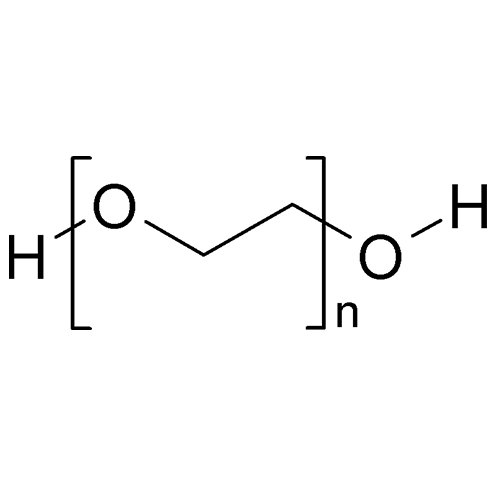

Cosmetics
Personal Care Products
Pharmaceuticals
Polyethylene Glycol aka PEGs are used as emollients in skin care (polymers) and act as penetration enhancers.
Polyethylene is a common form of plastic and when combined with Glycol becomes sticky and is used as emollients in skin care (Polymers). When a penetration enhancer is used with a toxic ingredient, it can increase the ability of the skin to absorb more of the toxic ingredient. READ YOUR LABELS carefully. PEGs with a number after means the molecular weight of that ethoxalate.
The lower the molecular weight, the easier it is for the compound to penetrate the skin. International Journal of Toxicology by the Cosmetic Ingredient Review (CIR) committee, impurities found in various PEG compounds include ethylene oxide; 1,4-dioxane; polycyclic aromatic compounds; and heavy metals such as lead, iron, cobalt, nickel, cadmium, and arsenic. Many of these impurities are linked to cancer. One impurity, ethylene oxide (found in PEG-4, PEG-7, PEG4-dilaurate, and PEG 100) is highly toxic—even in small doses—and was used in World War I nerve gas. 1,4-dioxane (found in PEG-6, PEG-8, PEG-32, PEG-75, PEG-150, PEG-14M, and PEG-20M), which, on top of being a known carcinogen, may also combine with atmospheric oxygen to form explosive peroxides.
See Ethoxylates (http://bit.ly/1WhaWIv)
See Nitrosating Agents (http://bit.ly/2bcjxHE)
No articles were found